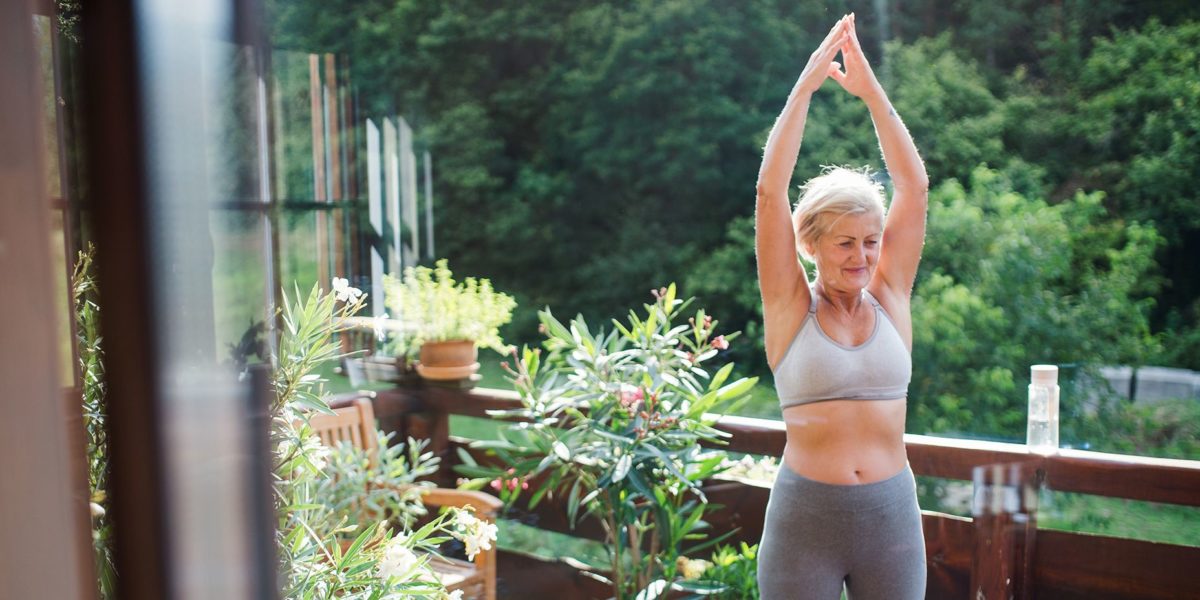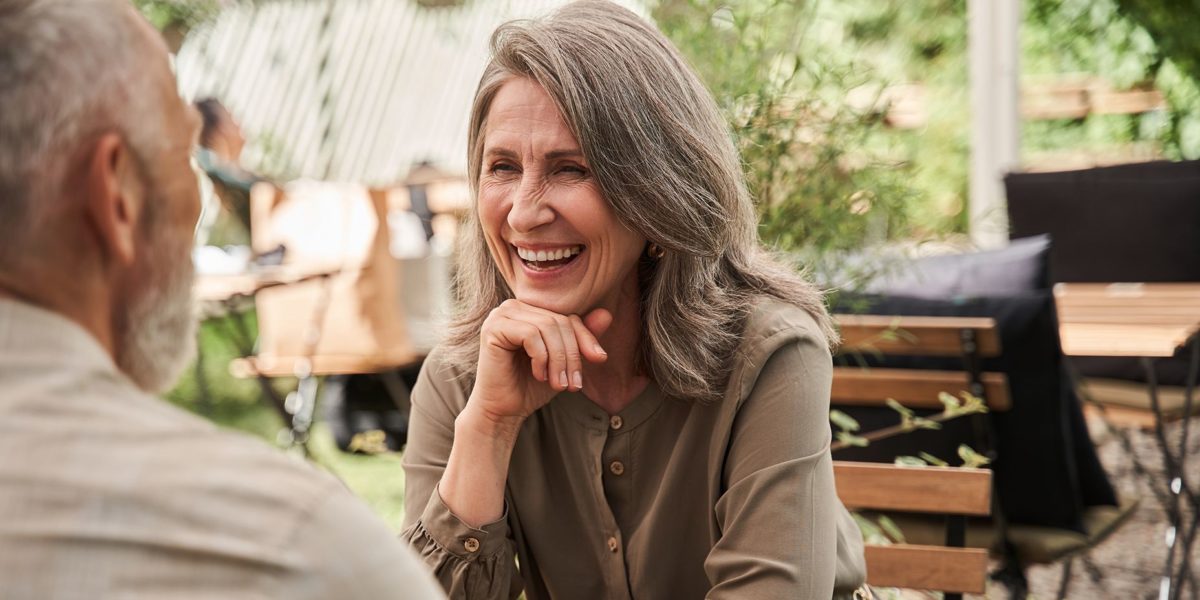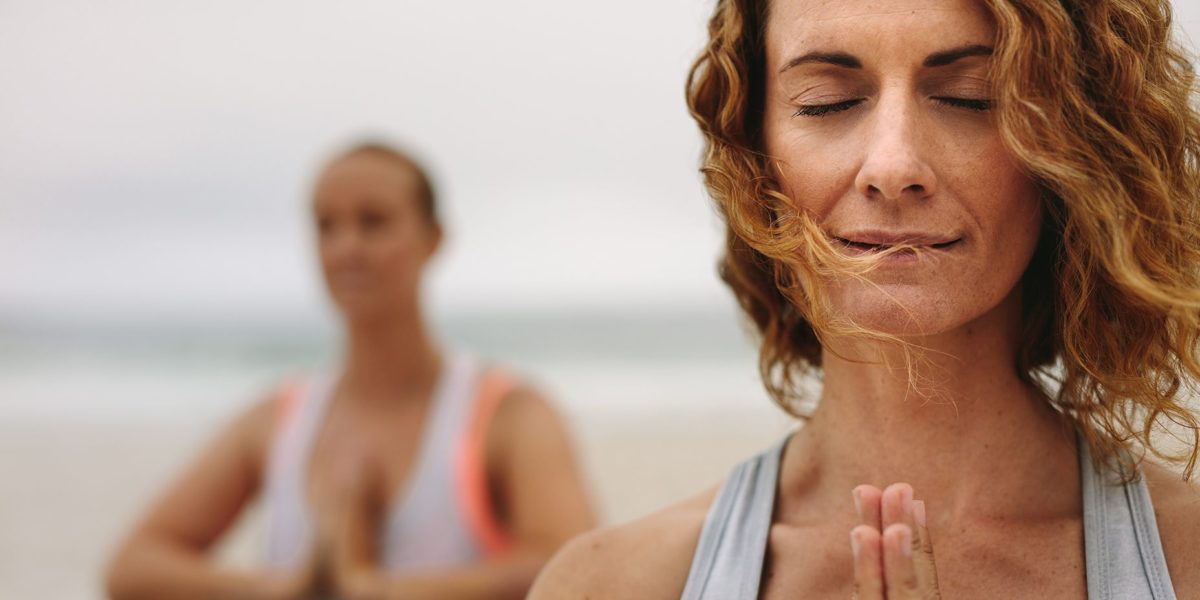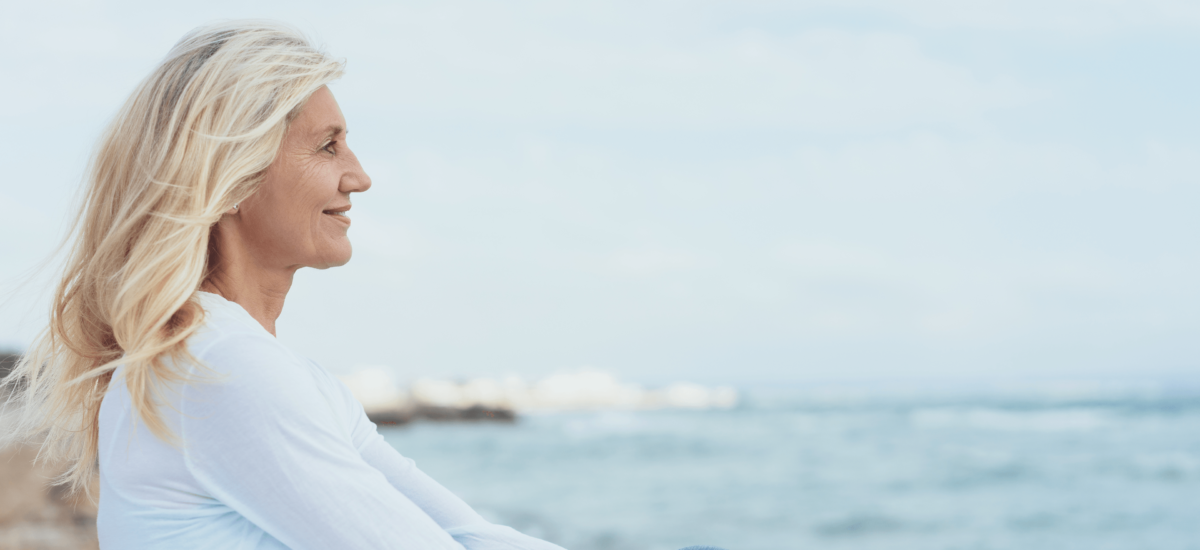You know that vitamin D is good for you. It’s essential for strong bones and muscles, and keeps your immune system healthy. One study on over 4,600 women over the age of 65 showed it can even help you lose weight.1
Yet, most of us don’t get anywhere near the 600–800 IU of Vitamin D2 per day recommended by the National Institutes of Health. And it could be because we’re nervous about exposing our skin to sunshine.
The Role Vitamin D Plays in Building Stronger Bones
Vitamin D helps your body absorb calcium and phosphorus, which are essential for bone health. But that’s not all it does. Vitamin D also modulates your body’s inflammatory response. As a result, when your levels are low, your osteoclasts (the cells that remove old bone) begin to work at an accelerated rate. This means you start losing old bone faster than your osteoblasts (the cells that build new bone) can replace it.
Studies also show that higher levels of vitamin D stimulate your osteoblasts.3 That’s why low levels of vitamin D are associated with osteomalacia, osteopenia, and osteoporosis.4

Other Benefits of Vitamin D
- Could help decrease inflammation: Low levels of vitamin D have been linked to inflammatory diseases. So it’s now widely thought that the sunshine vitamin could play an important role in influencing our inflammation system.5
- May enhance the immune system: Some research suggests that lacking in vitamin D might make you vulnerable to infections.6 So do your immune system a favor, and grab some sunshine.
- May help maintain a healthy body weight: In one study, 400 overweight participants with a vitamin D deficiency were put on a low-calorie diet. Some of the participants were given vitamin D. Some were not. After six months, the vitamin D group had lost more weight than their counterparts.7
- Could help combat heart disease: Low levels of vitamin D have been linked to high blood pressure. So getting your recommended daily dose can help lower it,8 according to some research. This, in turn lowers the risk of heart attacks and strokes.
Sun in the ’70s
Those of us who grew up in the 1970s remember life before sunscreen. In addition to our crochet dresses and bell-bottom jeans, all we had was suntan lotion with 2 SPF. It’s true! The first 15 SPF wasn’t introduced until 1986, and it was the early ‘90s before 30 SPF hit store shelves.
This might be why a feature of every ‘70s summer was the inevitable summer sunburn, which, as we now know, is dangerous.
Make a Midday Appointment
Going out in the midday sun without sunscreen is actually good for you. That’s according to a team of ultraviolet radiation experts from The University of Manchester in England. The study confirmed that exposing unprotected skin to the sun for short periods helps the body produce Vitamin D.9
“The best time to be out in the sun if you want to maximize Vitamin D production and its benefits is midday. This is when the sun is highest in the sky, and there’s more UV radiation in the spectrum, which triggers Vitamin D production in the skin,” says Dr. Webb, who led the study.

Go Easy on the Sunscreen
You don’t have to sunbathe for hours to get your daily dose of Vitamin D. Not even close. In fact, just 15 minutes of sunshine on exposed skin is more than enough.10 So wait before slathering on the sunscreen. Otherwise you won’t get any of the health benefits provided by the sun.
Bad News for Northerners
Some folks have a geographical disadvantage in producing vitamin D from the sun’s rays. For example, if you live in a northern latitude like Anchorage, Alaska, your body will create less vitamin D than someone who lives in Albuquerque.11
That’s because New Mexico is closer to the equator and has more exposure to the UV rays that help your body produce vitamin D. This isn’t too much of a problem in the summertime, but in the winter months, you can’t get all the vitamin D your body needs from the sun.
I Have Dark Skin. What about me?
People with darker skin have a harder time synthesizing vitamin D from the sun than their pale-skinned counterparts. The pigment melanin, which is more abundant in darker skin tones, reduces your body’s ability to make vitamin D in response to sunlight.12 So, people with lighter skin produce vitamin D quicker than everyone else. Doctors classify skin types according to The Fitzpatrick Scale:13
- Type 1 – White; very fair; red or blond hair; blue eyes; freckles
- Type 2 – White; fair; red or blond hair; blue, hazel, or green eyes
- Type 3 – Cream white; fair; with any eye or hair color; very common
- Type 4 – Brown; typical Mediterranean Caucasian skin
- Type 5 – Dark Brown; Mid-Eastern skin types
- Type 6 – Black
If you’ve got skin type 1–3, you’ll produce vitamin D quicker than if you have skin type 4–6. In fact, a dark-skinned person might need 10 times more exposure to sunlight than a lighter-skinned person to produce the same amount of vitamin D.
Vitamin D and Osteoporosis
You may know that osteoporosis is often associated with a lack of dietary calcium. That’s why a lot of folks load their plates with calcium-rich foods.
But what you may not know is that if you’re vitamin D deficient, it doesn’t matter how much calcium you eat. That’s because without vitamin D your body can’t absorb calcium. So for many people, osteoporosis is a direct result of vitamin D deficiency.14Vitamin D deficiency is also associated with a greater incidence of hip fractures. In a 2008 review of women with osteoporosis hospitalized for hip fractures, 50 percent had low vitamin D. The researchers concluded that calcium and vitamin D therapy was paramount to prevent osteoporotic fractures.15
How much Vitamin D Do You Need Daily?
In the United States, the recommended daily intake of vitamin D is as follows:
- Children and teenagers: 600 international units (IU) or 15 micrograms (mcg).
- Adults up to the age of 70 years old: 600 IU or 15 mcg.
- Adults aged 71 years old and over: 800 IU or 20 mcg.
- During pregnancy and breastfeeding: 600 IU or 15 mcg.

Other Sources of Vitamin D
Vitamin D is mostly made in your skin in response to sunlight. And that’s the best way to get it. After all, they don’t call it the sunshine vitamin for nothing.
But if you can’t get sun, there’s a way to get vitamin D from your kitchen cupboards. It’s true. Some foods contain small amounts of the sunshine vitamin. These include oily fish, such as sardines, salmon, and trout. Other great natural sources of vitamin D include red meat, liver, and egg yolks. And nowadays, a lot of foods are fortified with vitamin D, such as breakfast cereals and plant-based milk.
Can You Build A Reserve Of Vitamin D?
Studies show that your fat and liver can store enough vitamin D to last for about 4 months. This should be enough to supply your needs through the winter months. So yes, spending enough time in the sun in the spring, summer, and fall can fill your vitamin D stores to last through the winter.

Should You Take A Vitamin D Supplement?
There’s a very good chance the answer is yes. A government survey16 that tested blood levels of vitamin D in nearly 5,000 American adults found that about 42 percent have low levels. And if you live in a northern latitude — say anywhere north of San Francisco, Denver, or St. Louis, you’ll almost certainly need to consider supplementation during the winter months.
The Bottom Line
Vitamin D is essential for good bone health. And summer is the best time to top up your levels of the sunshine vitamin. So make sure you’re exposing your skin, unprotected, to the midday sun for at least a few minutes each day.
References
1. LeBlanc, Rizzo, Pedula, et al. “Associations Between 25-Hydroxyvitamin D and Weight Gain in Elderly Women ” J Womens Health. 2012 Oct; 21(10): 1066–1073.
2. Vitamin D – Health Professional Fact Sheet
3. Laird, et al. “Vitamin D And Bone Health, Potential Mechanisms” Nutrients. 2010 Jul; 2(7): 693–724.
4. Laird, et al. “Vitamin D And Bone Health, Potential Mechanisms” Nutrients. 2010 Jul; 2(7): 693–724.
5. Liu, et al. “The Anti-Inflammatory Effects of Vitamin D in Tumorigenesis” Int J Mol Sci. 2018 Sep; 19(9): 2736.
6. Aranow. “Vitamin D and the immune system” J Investig Med. 2011 Aug; 59(6): 881–886.
7. Luisella Vigna, et al. “Effects of Vitamin D Supplementation on Outcome of Low-Calorie Diet in Workers Presenting Obesity or Overweight: A Retrospective Observational Study”
J Am Nutr Assoc. May-Jun 2022.
8. Legarth, Christian, Daniela Grimm, Markus Wehland, Johann Bauer, and Marcus Krüger. 2018. “The Impact of Vitamin D in the Treatment of Essential Hypertension” International Journal of Molecular Sciences 19, no. 2: 455. https://doi.org/10.3390/ijms19020455
9. Webb, “Midday Sun Holds The Key To Good Health.” University of Manchester. (2005, May 26). 10. Lesley E Rhodes, et al. “Recommended summer sunlight exposure levels can produce sufficient (> or =20 ng ml(-1)) but not the proposed optimal (> or =32 ng ml(-1)) 25(OH)D levels at UK latitudes” J Invest Dermatol. 2010 May;130(5):1411-8.
11. Patrick F Leary, et al. “Effect Of Latitude On Vitamin D Levels.” J Am Osteopath Assoc 2017 Jul 1;117(7):433-439.
12. Webb, et al. “Color Counts: Sunlight and Skin Type as Drivers of Vitamin D Deficiency at UK Latitudes” Nutrients. 2018 Apr; 10(4): 457.9.
13. medicalnewstoday
14. Paul Lips, et al. “The effect of vitamin D on bone and osteoporosis” Best Pract Res Clin Endocrinol Metab. 2011 Aug; 585-91.
15. Bischoff-Ferrari, et al “Severe vitamin D deficiency in Swiss hip fracture patients” Bone. 2008 Mar;42(3):597-602.16. Kimberly Y Z Forrest, Wendy L Stuhldreher, “Prevalence and correlates of vitamin D deficiency in US adults” Nutr Res. 2011 Jan;31(1):48-54.





Mahin
August 11, 2022 , 4:42 pmThanks Algaecal for sending me this good article with all details